The Search for Steve Fossett: A Study on the Physical Response of Adventure Athletes
Alissa Aboud, Erin Pearce, Mark Tarnopolsky, Simon Donato
McMaster University
Goals of the Study
To understand how the body reacts to extreme conditions of exercise in highly trained athletes. Our main objective was to track the amount of calories burned (energy) while our group of 4 male adventure athletes searched for Steve Fossett’s plane in the Sierra Nevada Mountains. These conditions were hot, dry, at a high altitude, and involved physically demanding activity for as much as 9-hours a day over the course of 6 days. We also wanted to see how body composition changed over this strenuous time (body fat).
Methods of the Study:
Body Measurements – height and weight was determined at the beginning of the study
DEXA Scanning – using a dual energy x-ray absorptiometry machine, we did whole body scanning on the athletes before and after the search. This machine gave us their body fat and muscle percentages as well as their bone density (Figures 1, 2, and 3).
Figure 1. DEXA Scanner bed
V02 Max Testing – we wanted to see what the maximum ability for the athlete’s body was to use oxygen during a graded (increasingly difficult) exercise test. V02 testing is a good indicator of fitness levels in athletes. To do this we measured how they were breathing while doing a bike ride. This bike ride kept getting harder and harder until they couldn’t ride anymore. The higher the V02
Max, the more conditioned the athlete is. We also measured their heart rates all the time.
Heart Rate Monitoring – using sophisticated Suunto heart rate monitors, the athletes were tracked every minute of their expedition. This allowed us to calculate the amount of calories they burned during exercise (see calculations).
Results:
Calculations:
We know that the amount of oxygen (LO2) we consume along with the calories (kcal) that we burn are connected, we can determine how many calories they were burning per hour with this calculation:
4.85 kcal / LO2 = 5.23 kcal/min x 60
Conclusions:
By doing all these tests we determined that the athletes looking for Steve Fossett burned an average of 582 calories an hour while searching. In eight hours of the search alone they would have burned on average 4656 calories. Also, the fact that the athletes even while burning almost
5000 calories a day didn’t loose any fat can be attributed to proper nutrition. It is very important to make sure the same amount of calories are coming in by eating properly during extreme sports. Improper nutrition can lead to a variety of physical problems including fatigue, cramping, fainting, shock and even death. In summary, it is fair to say that the athletes replaced the energy they burned during the day through eating and drinking regularly. This study is useful because it will be used for future Adventure Science projects to help predict how much energy the athletes will be using and plan for the nutrition accordingly.
Figure 2. DEXA-scan results for Simon Donato. Bone density results displayed as BMD (grams/cm3)
Figure 3. Gary Hudson's BMI results from DEXA-scan place him in the normal and healthy category for his height and weight.





